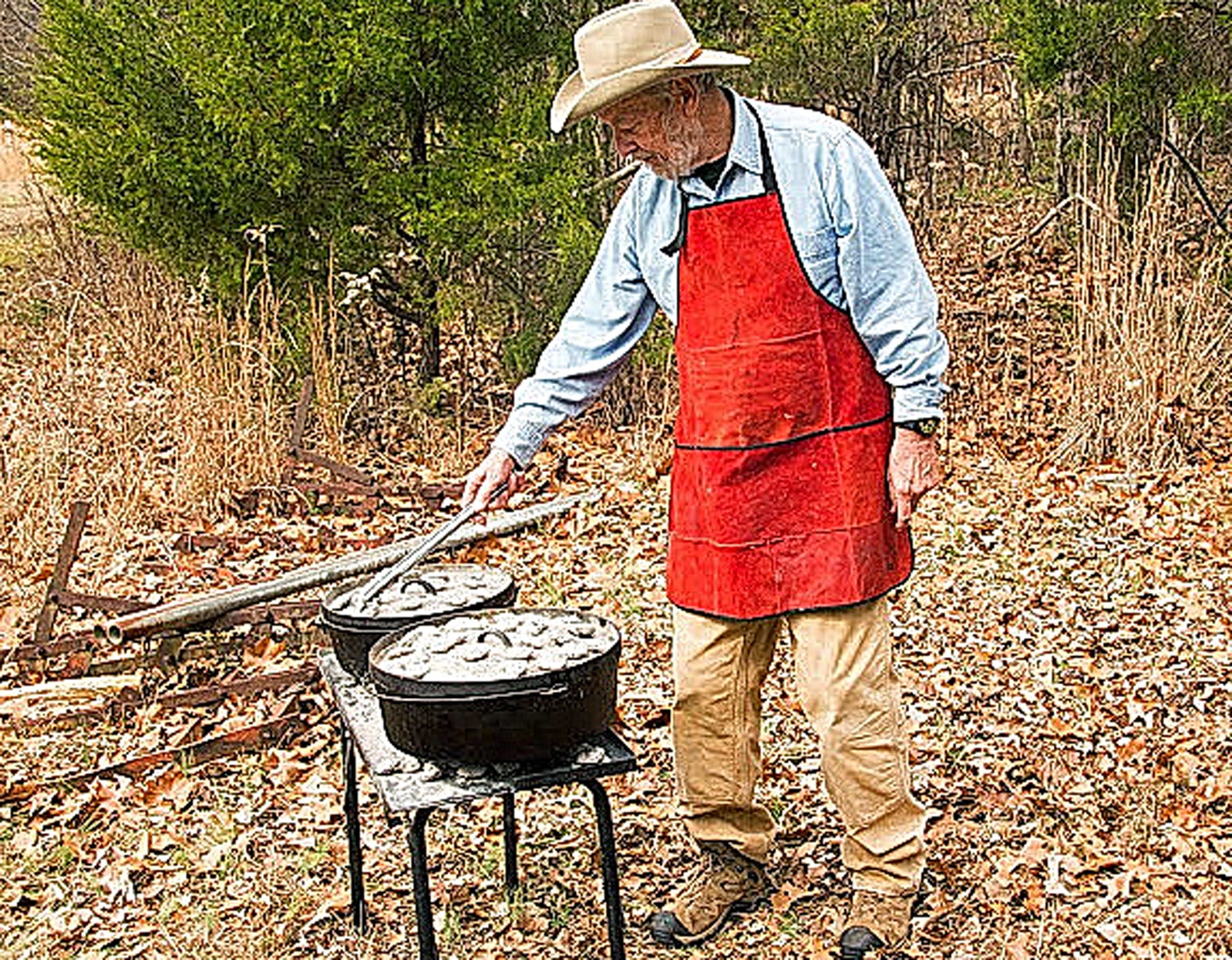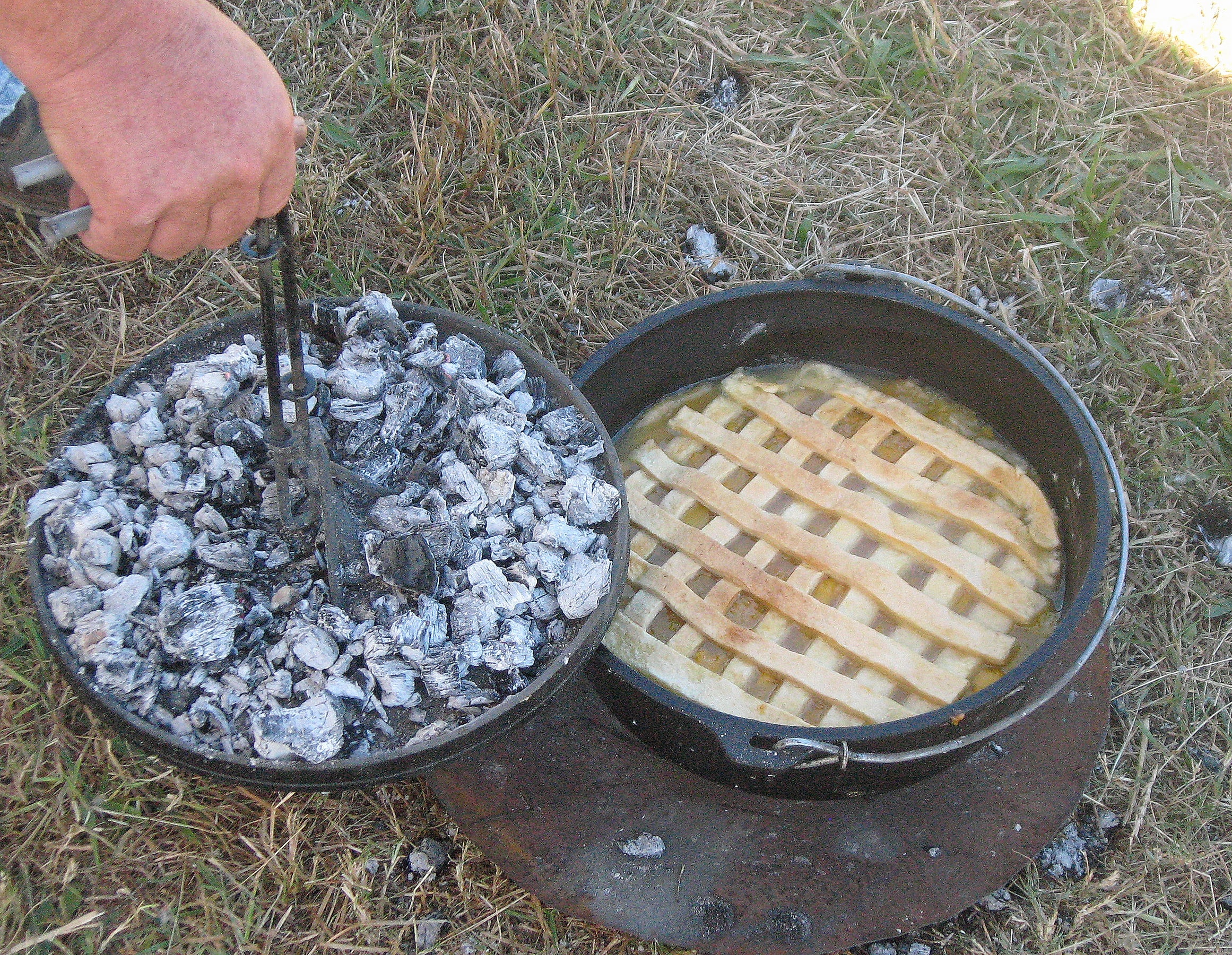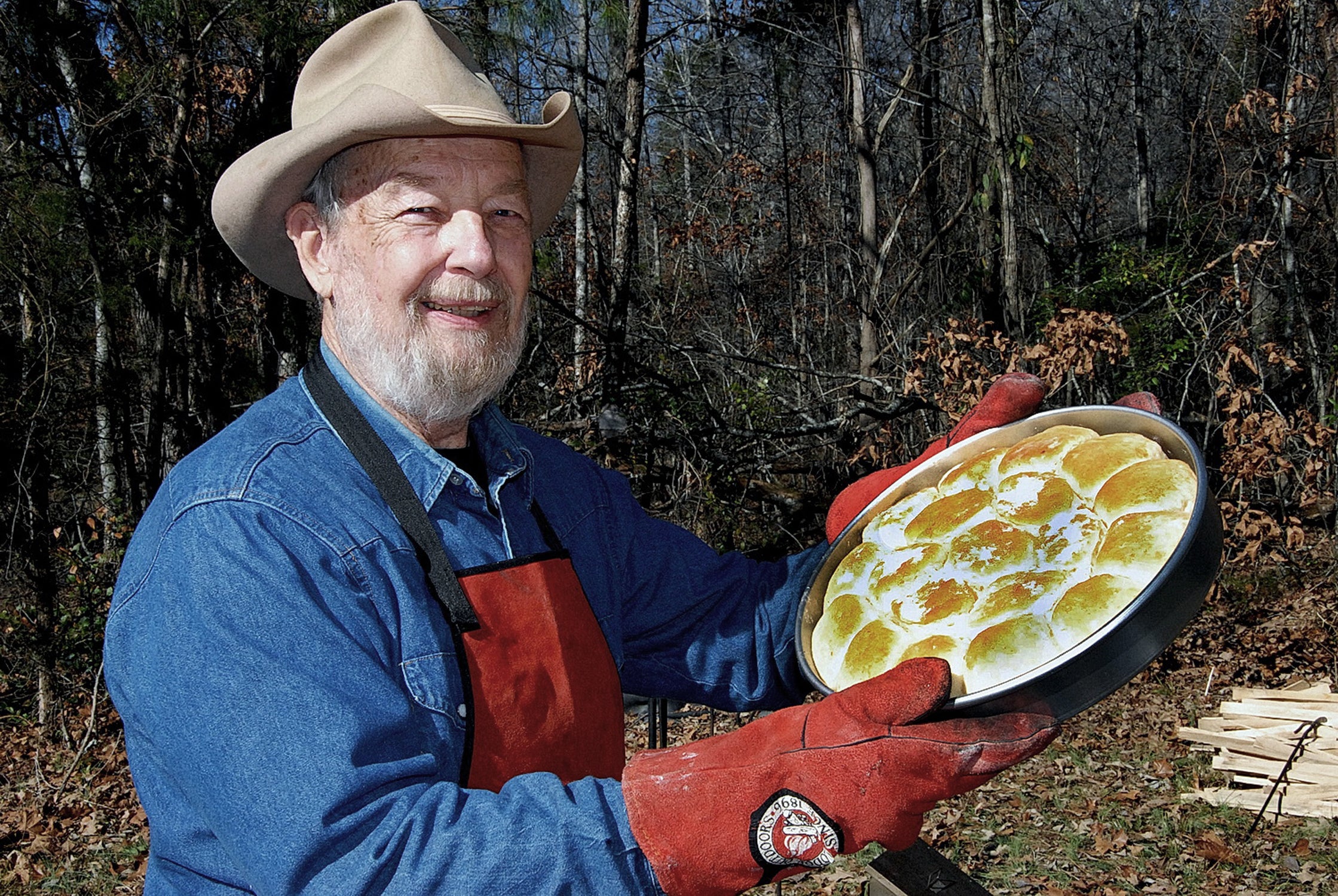By DAVID RAINER, Alabama Department of Conservation and Natural Resources
Now that the weather has finally cooled, the outdoors takes on a whole new appeal for many in Alabama. Hunting and camping are likely on the agenda, and being able to feed a delicious meal to a group of hunters or campers can often hinge on your upbringing.
If you’re like J. Wayne Fears, who calls Tater Knob in Jackson County, Alabama, home, it means breaking out the cast iron, just as his ancestors did while trapping and living off the land in north Alabama.
What Fears finds interesting is that a new generation is discovering the benefits of cast iron.
“Millennials are discovering the advantages of cooking on cast iron,” said Fears, a certified wildlife biologist and prolific outdoor writer. “My grandma knew that. Lodge (Manufacturing in Tennessee) had to build another foundry because of the popularity of both the cast iron skillet and the cast iron dutch oven.”
When it comes to cast iron dutch ovens, two different models are available for distinctly different purposes. The flat-bottom dutch oven is made to be used on conventional stovetops, while the dutch oven with legs is designed for outdoor cooking at campfires with coals from the fire or charcoal briquets.
“For camping, you need a dutch oven with three legs and a recessed lid,” said Fears, who held a seminar recently at the Southeastern Outdoor Press Association annual conference. “The legs keep the bottom of the dutch oven off the coals, so you don’t burn everything. It has a recessed lid so you can put coals on top to use it for baking.”
Fears honed his dutch oven expertise during numerous years of overseeing hunting operations all over North America, including the western U.S., Canada and Alaska.
“Especially in our remote camps, we depended on dutch ovens to do a heck of a lot of our cooking,” he said.
If you’re planning a hunting or camping trip, or just cooking on an outdoor campfire, Fears recommends certain cast iron cookware to achieve a delicious meal. If you expect to draw a crowd when the smell of the cooking spreads, Fears recommends a No. 12 dutch oven. The No. 12 is the diameter in inches of the pot. Fears said you might need more than one, possibly in different sizes.
“It depends on what you’re cooking, whether it’s a stew and a pan of biscuits. You’re going to need one for each,” he said. “For the stew, I’d recommend a No. 12, and a No. 10 dutch oven so you can cook some cathead biscuits.
“If you’re going to make a cobbler, you’re going to need another No. 10. You can cook all three, and all of your meal will come out at the same time.”
Fears also recommends that you don’t look for the cheapest dutch oven you can find.
“I want to stress to get a quality dutch oven,” he said. “There are so many dutch ovens made overseas that are pitted or they’ll shatter if you drop them. If you get good quality cast iron, it can be a lifetime investment. In fact, a lot of my dutch ovens are in their third generation.”
Fears doesn’t discount the value of cooking with coals from the campfire if you’re in remote locations. However, if you can take a sack of charcoal briquets with you, your meals will likely be more palatable.
“Charcoal is just better as far as consistency and heat control,” he said. “Most people who cook with dutch ovens can go either way. With a little practice and good hardwood coals from the campfire, you can cook just as good as you can with charcoal. But most people who are just camping will use charcoal briquets because it’s a lot easier to fool with and the temperature is more consistent on top and on bottom.”
Contrary to what you may have seen in western or pioneer movies and TV shows, veteran dutch oven cooks have more heat on top than on bottom.
“You want to use twice as many coals on the lid as on the bottom,” Fears said. “You’re cooking down more than you’re cooking up. Most people, when they first start, they want to stick a dutch oven right in the middle of the campfire and put a few coals on top. Generally, they’ll burn everything on bottom, and it’ll still be rare on top. That’s why you have the lipped cover so the briquets won’t roll off of the top.”








